
10 Different Types Of Sweatshirt Fabrics
Sweatshirts are made to keep you warm, so finding one that is cozy and comfortable is necessary. The type of fabric the sweatshirt is made up of can be just as important when it comes to comfort. Here are 10 different types of sweatshirt fabric that many designers have used to create a variety of sweatshirts that will keep you warm.
1. Cotton

Cotton is known for being very soft and providing warmth without feeling too bulky or weighty on your body. It's also easy to take care of, which makes this fabric popular for everyday wear clothes . However, cotton isn't always durable. Depending on the weave used in creating the garment, cotton may rip if snagged against another object or snag easily when caught against jewelry or other sharp objects. For this reason, cotton works best in garments made to be worn indoors or in warmer weather.
2. Microfiber

Microfiber is a synthetic blend that produces a soft fabric that feels comfortable next to your skin, but it's also very lightweight. It doesn't hold in warmth well which makes it great for the summer season when you want something lighter than wool or fleece . The fabrics are durable and water resistant which make them ideal for jackets and sweatshirts alike. Microfibers can come in bright colors with special properties like wicking away moisture from the body to keep you cool when it's hot outside.
3. Fleece
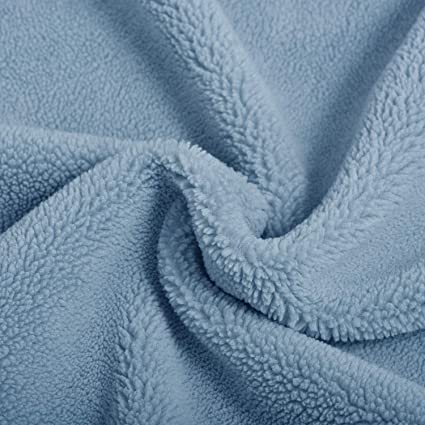
Fleece is another excellent insulating material that keeps out moisture . It has a high warmth to weight ratio and is very soft. Fleece can be found in a variety of weights and densities which allows it to be used for many different types of clothing . It's ideal as an insulating material because it doesn't allow wind through, but also keeps out moisture from the body to keep you warm inside.
4. Linen
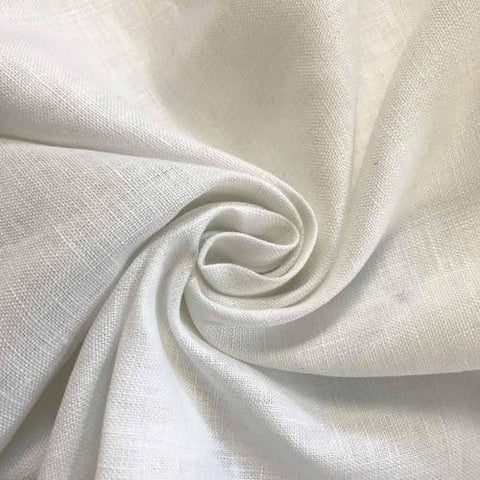
Linen is another excellent choice for summer sweaters because it drapes well over the body without sticking or irritating the skin. It's breathable and lightweight without being too thin to provide warmth when needed, though linen will lose its insulating properties when it gets wet . This makes linen best suited for warmer weather or other situations where rain isn't likely to happen.
5. Silk
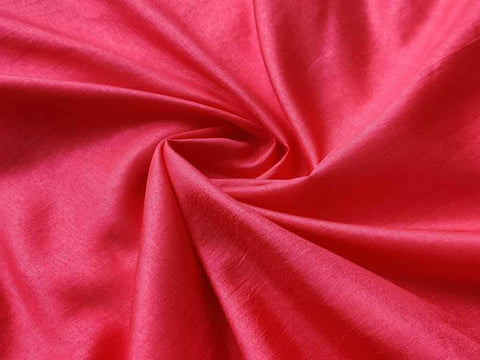
Silk absorbs heat from the body to keep you warm, so it's best for colder weather. It's also naturally moisture wicking which makes it a good insulating layer in humid or rainy conditions . The downside of silk is that it doesn't contain elasticity, so it won't hug your curves like other fabrics might. It needs to be carefully fitted and handled with care when washing to avoid ripping or damaging the fabric.
6. Lycra/Spandex
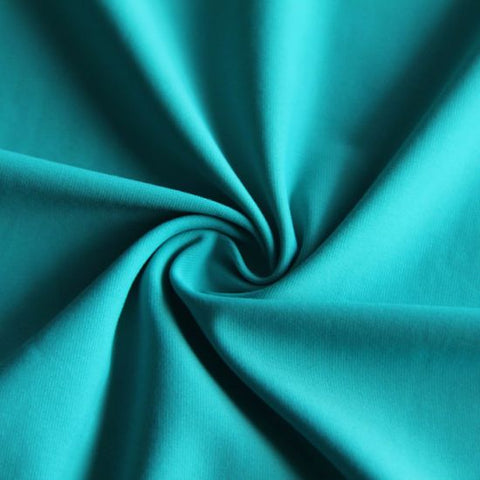
Due to its high elasticity, spandex works well in garments that require stretching like dancing clothes or active wear . However, spandex can be found blended into other fabrics like sweatshirts too. When blended with cotton, spandex helps the cotton hold its shape better and prevents stretching when in use. This is a good choice for sweatshirts that will need to stretch to be pulled over your head.
7. Wool
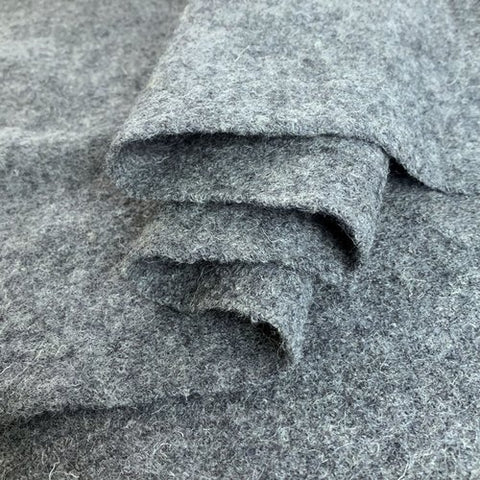
Wool is a natural insulating fabric with a high warmth to weight ratio . It absorbs moisture from the air naturally so it works well in humid conditions without feeling damp next to your skin. However, wool can be itchy against sensitive skin if not blended with other materials like spandex or silk . The material is durable enough for everyday wear but should still be handled delicately when washing or drying because of its tendency to shrink slightly in water or heat exposure.
8. Denim
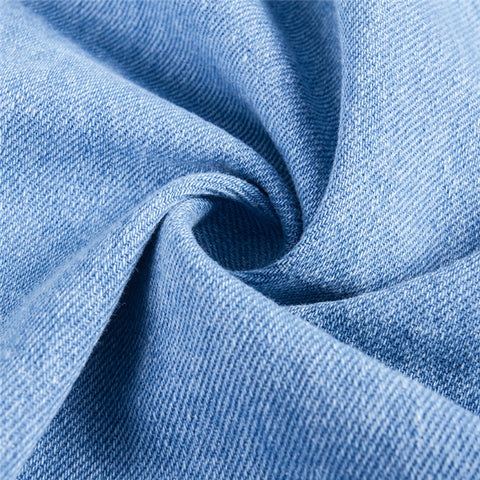
When you think of sweatshirts, you probably imagine the material in jeans. This is because denim has become a popular fabric used to make casual clothing like sweatshirts . It's known for its durability against everyday wear and tear. The fabric is breathable and soft , but can also be itchy if not blended with other types of fabrics. Care needs to be taken when washing denims, because the color tends to fade quickly.
9. Cashmere
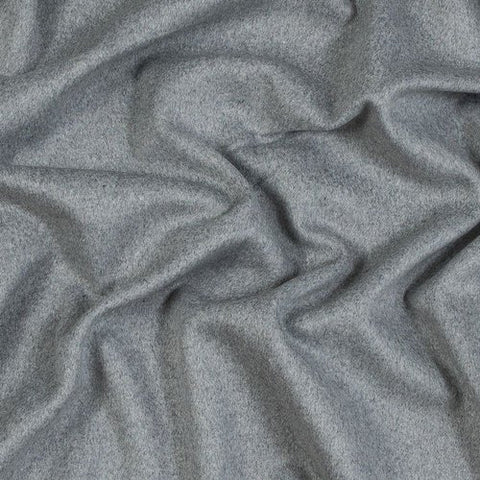
Cashmere is an excellent insulating material that won't irritate sensitive skin . It's made from fine wool fibers that are spun into yarns then woven together into cashmere sweaters or coats . Because it's blended with other materials, cashmere isn't as warm as pure wool but it still you very warm due to the smoothness of the material. Cashmere is lightweight and soft but can be expensive when compared to other types of sweaters.
10. Polyester/Nylon

Polyester and nylon are two synthetic materials that provide a range of benefits . They're both moisture wicking, which makes them good for sports clothing or active wear , and they retain their shape well after regular wear without stretching out too badly . The flexibility in terms of use comes from the low cost and availability in many different weights and densities. However, polyester isn't as durable as natural fabrics like cotton or wool, so it's best to wash carefully with care around seams that could rip easily due to overstretching.
Polyester fabrics are often blended with other types of fabrics like cotton, spandex or silk to provide additional benefits .
Remember you can always visit our fabric Store in UK or check out our website - www.darbari.co.uk for more info on any of our fabrics!
Have a great day friends!
